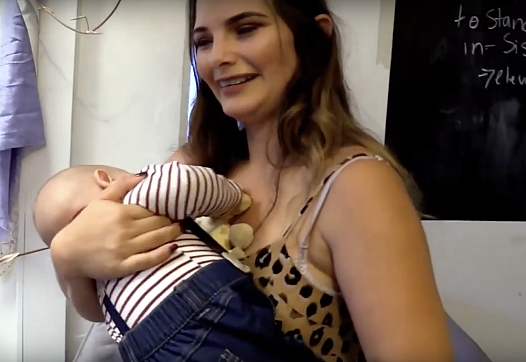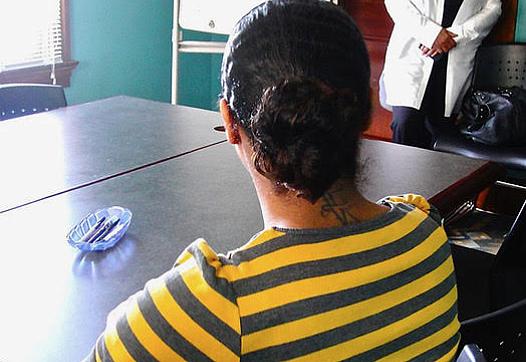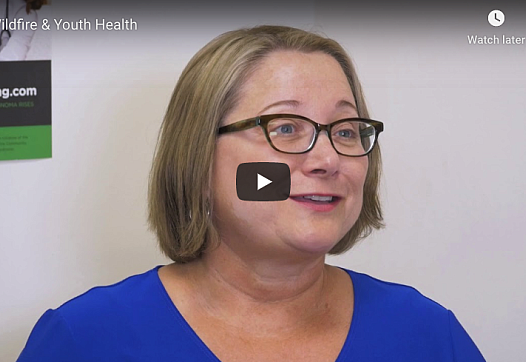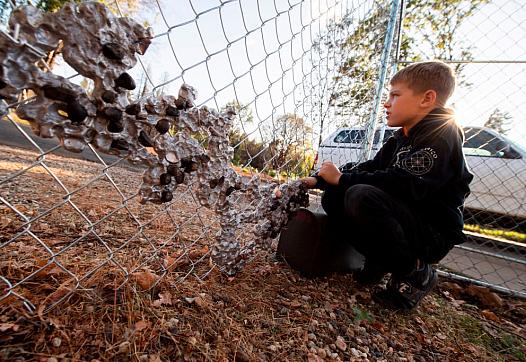
Residential programs that serve Philadelphia children should be required to install video cameras, train and pay staff well, and commit to reducing or eliminating the use of physical restraints, a group of local leaders said Tuesday.

Residential programs that serve Philadelphia children should be required to install video cameras, train and pay staff well, and commit to reducing or eliminating the use of physical restraints, a group of local leaders said Tuesday.

This story was produced as part of a larger project led by Fatima Navarrete, a participant in the 2019 National Fellowship.
Other stories in this series include:

Black women make up less than 10% of Los Angeles County’s population, yet they are more likely to experience intimate partner violence than women of other racial and ethnic groups that comprise greater portions of the population. ...

U.S. Rep. Mary Gay Scanlon, a Democrat from Delaware County, introduced legislation on Tuesday that would make it easier for juveniles abused in residential facilities to hold them accountable in court.

Given that one in four children in this country has a chronic condition, the human costs of such negligence are high.

Years after the National Black Women’s Health Project identified domestic violence as “the number one public health issue for women of African ancestry,” African-American women continue to be abused at disproportionately higher rates than other women and to be killed more often by a current or forme

Georgia’s APEX program is entering its fifth year. It’s the state’s attempt to increase mental health services in both private and public schools. ...

This story was produced as a project for the 2019 California Fellowship, a program of USC Annenberg's Center for Health Journalism.

Pennsylvania should make comprehensive changes to its juvenile justice programs and the agencies overseeing them to ensure the safety of children ordered to these state-licensed facilities, a council formed by Gov. Tom Wolf said Friday.

In the fires that devastated Paradise and Santa Rosa, kids were often the most vulnerable.